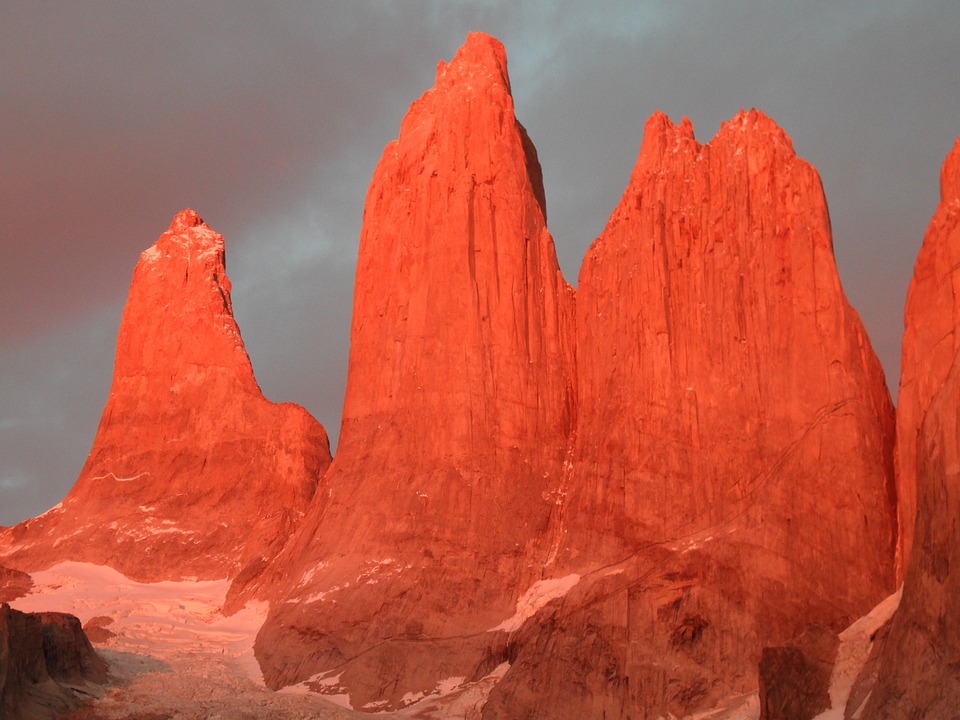A Journey into the Unknown: Unexpected Discoveries from NASA’s Voyager 2’s Encounter with Uranus
In 1986, humanity did the seemingly impossible – we peered directly into the distance of the Solar System’s outer frontier. The spacecraft responsible for this extraordinary exploration was none other than Voyager 2. Its mission was ambitious: to explore the outer planets and their environs. Among these voyages, its encounter with the icy giant Uranus stands out due to the plethora of unexpected discoveries uncovered by this intrepid explorer.
The Surprising Nature of Uranus
Uranus has no solid surface, but rather a shell of water, ammonia, and methane over a core of rock. It’s hazy atmosphere, made up primarily of hydrogen, helium, and methane, gives Uranus its blue coloration. However, there were far more surprises than just its hue. Voyager 2 discovered 11 new moons and two new rings, revealing a celestial body far more complex than previously thought.
Mysterious Winds and Atmospheric Phenomena
The atmosphere of Uranus was found to be extraordinarily calm but for one startling exception – incredible wind speeds near the cloud tops, rivaling the functions of Jupiter’s faster winds. Additionally, Voyager 2 data suggested a potential heat source from within Uranus, a question that still begs answers.
Uranus’ Unique Rotation and Magnetic Field
What could possibly make a planet so peculiar? Uranus’ strange tilt denotes a powerful event in its history, likely a massive collision. Another staggeringly abnormal feature is its magnetic field which is lopsided and does not stem from the planet’s center.
Urban Legends or Truths?
Contrary to popular belief, it was Voyager 2 that discovered not a uranium colored planet, but that yellowish hue was actually due to tiny particles in Uranus’ atmosphere absorbing red light. There is no dazzling gem hiding in the heart of Uranus, although the atmosphere’s opacity when bathed in sunlight does create a brilliant and awe-inspiring spectacle.
FAQs
-
What is so unique about Uranus’ Moons?
Uranus has 27 recognized moons, which are named for characters from the works of William Shakespeare and Alexander Pope, unlike other planets that predominantly use historical figures. These moons vary greatly in size and shape, resembling potatoes rather than the more spherical moons of other gas giants.
-
What did we learn from Voyager 2 about the rings of Uranus?
Before Voyager 2, only a single ring was known around Uranus. The spacecraft discovered two extensive new rings, bringing the total to 13. They are made up of particles thought to be the result of a collision between Uranus’ moons.
-
Why is the magnetic field of Uranus unique?
Unlike other planets, which generally have magnetic field lines that originate at the pole and loop around the planet, Uranus’ magnetic field lines originate towards a region with latitudinal shift. This results in a ’tilted’ field, which can cause the planet’s magnetic field to wobble.
Image
(An intricate illustration of Uranus, its moons, and its magnetic field structure could be included here)
Conclusion
Voyager 2’s visit to the ice giant Uranus revealed a planet far more complex than ever imagined. While many questions remain. each new discovery provides a puzzle piece to the enigmatic picture of this frigid world and its place in our cosmic neighborhood.



